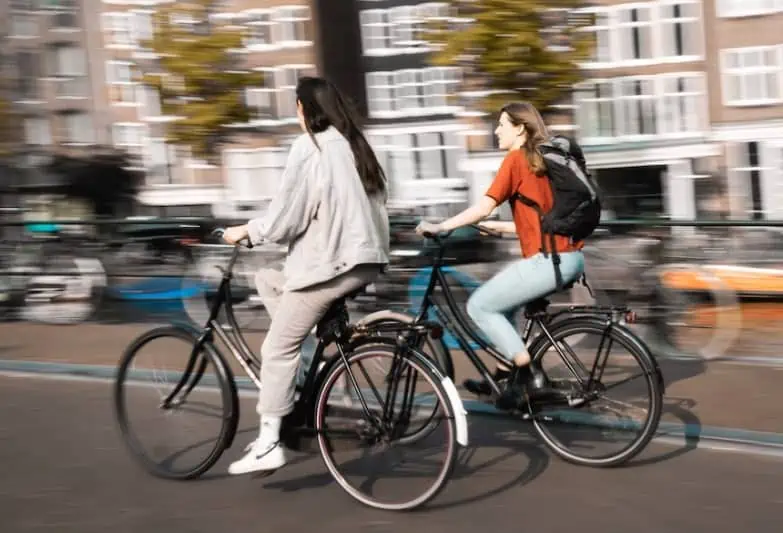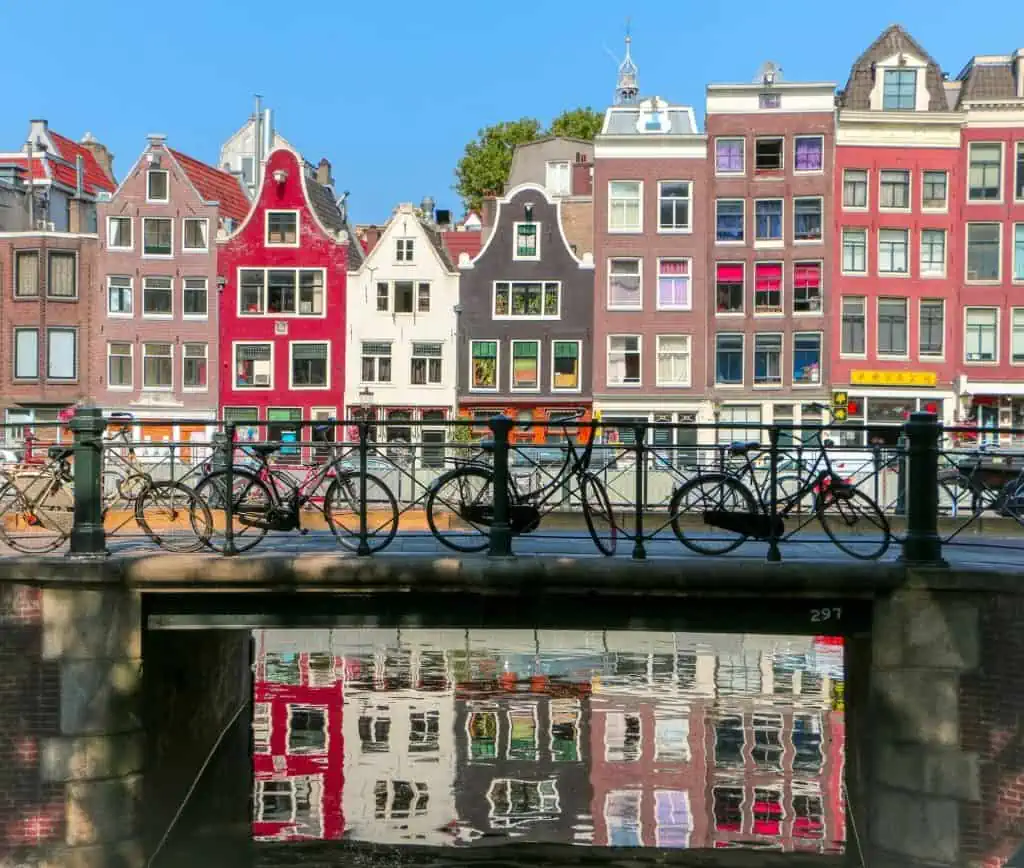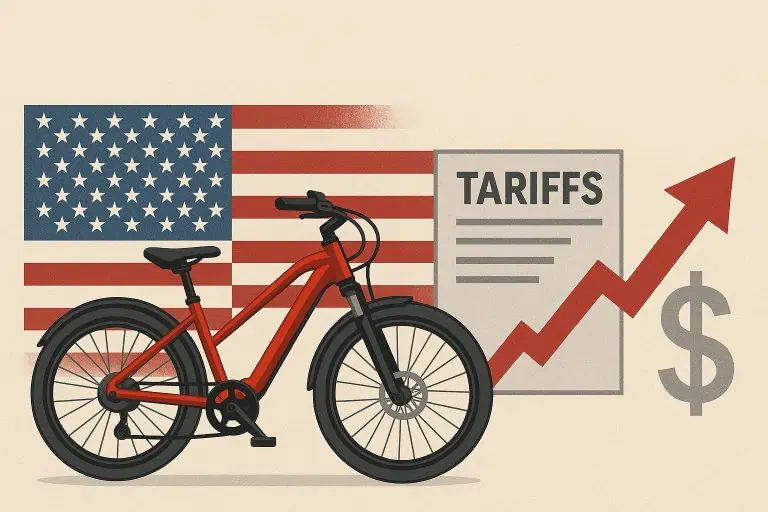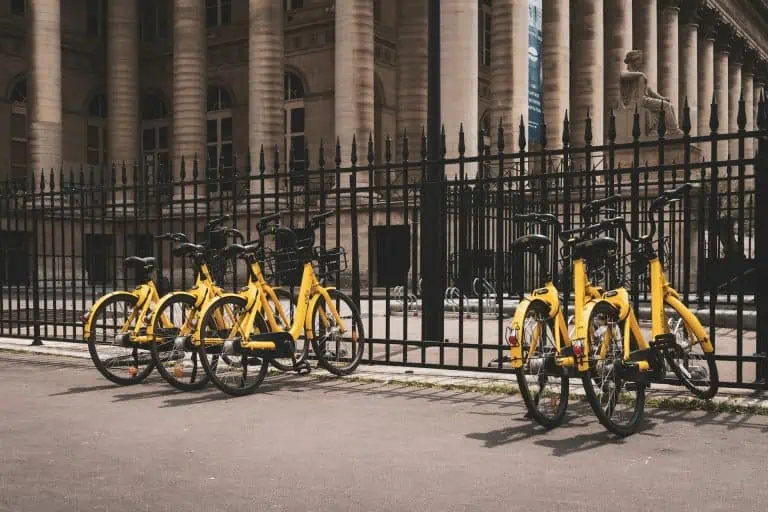Why The Dutch Don’t Wear Bicycle Helmets

The sight of a Dutch cyclist effortlessly gliding along a canal-side bike path with a bag of groceries on the handlebar, and a child on the back, all without a helmet, can bewilder visitors from countries where cycling is synonymous with protective headgear. This article explores the reasons behind this seemingly peculiar Dutch behavior and what it tells us about cycling culture in The Netherlands.
Background: Cycling in The Netherlands
The bicycle has long held an iconic status in Dutch society. It’s the vehicle of choice for millions and has significantly shaped the country’s cultural, social, and physical landscape.
The Netherlands boasts approximately 23 million bicycles for a population of just over 17 million people, meaning there’s more than one bike per person. Almost 30% of all trips are made by bicycle in this flat and compact country, highlighting the extent to which cycling is embedded in everyday life.
Perception and Regulation of Helmet Usage
In The Netherlands, helmet use is not the norm. Unlike countries such as Australia and New Zealand, where helmet usage is mandatory, Dutch law does not require cyclists to wear helmets, except for those riding fast electric bikes.
Helmet usage is also semi-mandatory in some states in America.
Many Dutch people consider helmets necessary for competitive or mountain biking, but not for daily commuting. The prevailing sentiment among the Dutch is that cycling is safe enough without a helmet, and statistics on accidents tend to support this view.
Infrastructure and Safety

The Netherlands has a world-class cycling infrastructure that prioritizes safety and convenience. The country’s comprehensive network of bike lanes, bike-friendly laws, and cycling amenities like secure parking facilities significantly reduce the risk of accidents.
This well-designed cycling infrastructure separates bicycles from motorized traffic, hence minimizing the chance of serious collisions. As a result, The Netherlands has one of the lowest rates of cycling-related injuries in the world. The perceived safety resulting from this advanced infrastructure, thus, reduces the perceived need for helmets.
Dutch Cycling Culture
The Dutch cycle for all reasons and at all ages. Cycling is seen as a normal mode of transportation rather than a leisure activity or a sport. It is common to see people riding in regular clothes, including in suits or dresses, often with a child in a seat or with groceries in a basket. The practicality of Dutch cycling – making short trips, transporting goods, or cycling with children – often means that helmet usage is seen as inconvenient and unnecessary.
Health, Fitness, and Helmet Usage
In The Netherlands, cycling is seen as an integral part of a healthy lifestyle. Regular cycling contributes to fitness levels, and the Dutch government actively encourages cycling as a way to improve public health and reduce traffic congestion.
This perception of cycling as a healthy, normal activity – as opposed to a risky or extreme sport – also influences attitudes toward helmet usage. Some researchers even argue that mandatory helmet laws might discourage cycling, thereby negating its health benefits.
Case Studies
In conversations with Dutch cyclists, reasons for not wearing helmets range from comfort and convenience to trust in their own cycling skills and the safety of the infrastructure. As one Dutchman puts it, “Cycling for us is like walking for others. You wouldn’t wear a helmet to walk down the street, would you?”
Experts in traffic safety and city planning concur, attributing the lack of helmet use to a combination of well-planned infrastructure, a strong cycling culture, and a holistic approach to safety that includes education, awareness, and law enforcement.
The Counter Argument: Should Dutch Cyclists Wear Helmets?

While Dutch cyclists seem comfortable without helmets, the debate on helmet usage continues. Proponents of helmet use argue that helmets can significantly reduce the risk of head injuries in the event of an accident.
They point to studies showing the effectiveness of helmets in reducing head and facial injuries, suggesting that even with the best infrastructure, accidents can happen. However, opponents argue that focusing on helmets overlooks more important factors like safe infrastructure and awareness among all road users.
They express concern that mandatory helmet laws may deter people from cycling, leading to less healthy and active lifestyles. There’s also the “risk compensation theory” which suggests that wearing helmets could give cyclists a false sense of security and potentially lead to more risky behavior.
Conclusion
The reasons the Dutch don’t wear bicycle helmets are deeply rooted in their cycling culture, infrastructure, and societal norms. From the quality of their bike paths to the perception of cycling as a regular, safe mode of transport, these factors contribute to a prevailing belief that helmets are unnecessary for everyday cycling.
While the argument for helmet usage from a safety standpoint continues, it’s clear that the Dutch approach to cycling safety is far more holistic, considering not just individual protective gear but the wider environment, road user behavior, and societal attitudes. The Dutch cycling model demonstrates that building safe, convenient, and practical cycling infrastructure can lead to widespread cycling adoption and potentially even influence norms around safety equipment like helmets.
The question remains whether other countries can, or should, try to emulate the Dutch approach. This requires considering physical infrastructure and social and cultural factors that make cycling without helmets the norm in The Netherlands.






